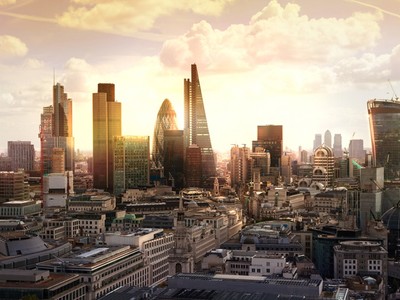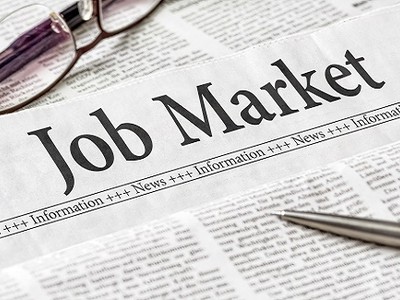Those investors who bought Euroland’s bonds in the run up to the announcement will be happy to flip them into the ECB at a quick profit. But that then begs the question of what you do with your euros?
Deposit them at the ECB with negative rates of interest? Can you do better than that? The Central Banks hope that the money gets invested in capex. They would like to see new factories and new plant in factories; churning out more goods and economic growth.
But that is really only going to happen if you think that you can run the factory at a profit. Given that much of Europe’s employment legislation enhances employee bargaining power and drives higher wages, the consensus view that profitability will be hard to come by, will emerge.
So you can either invest abroad or buy financial assets with your euros. The European stock market is an obvious target. You buy the equities because you think that somebody else will buy them at a higher price a month later after the next round of QE.
You can look abroad: the UK and US look like yield paradises with triple the yield that you get on German bunds, as shown in the chart .
Figure 1 - Source: FactSet
You can buy UK equities on the basis that the UK, with its freer supply side economic policies is more likely to do better than Euroland in the medium term. There is some evidence that this is happening as the forward Price Earnings ratio has climbed above the previous highs on the back of a short term bull move in the actual index. This means the market has gone up on declining earnings smacking more of irrational exuberance, rather than sound fundamentals. The yield curves, as shown in the following chart, suggest that QE is not going to help much. The yield curve is thought to be an indicator of future growth and a low future interest rate indicates that not much growth is expected in the future. This is pretty much what we have from Germany and Japan.
Figure 2 - Source: FactSet
The big question that needs answering is what h appens after QE? Views seem to be polarised around (a) the economies reaching escape velocity to (b) doom, gloom and deflation.
I hang somewhere in the middle where flat is the new growth. I expect growth expectations to slowly work their way out of analysts’ models. Lower growth means lower revenues which in turn will drive lower cashflows and lower share valuations. But I expect this to be gradual and drive equity markets broadly sideways for some time.



